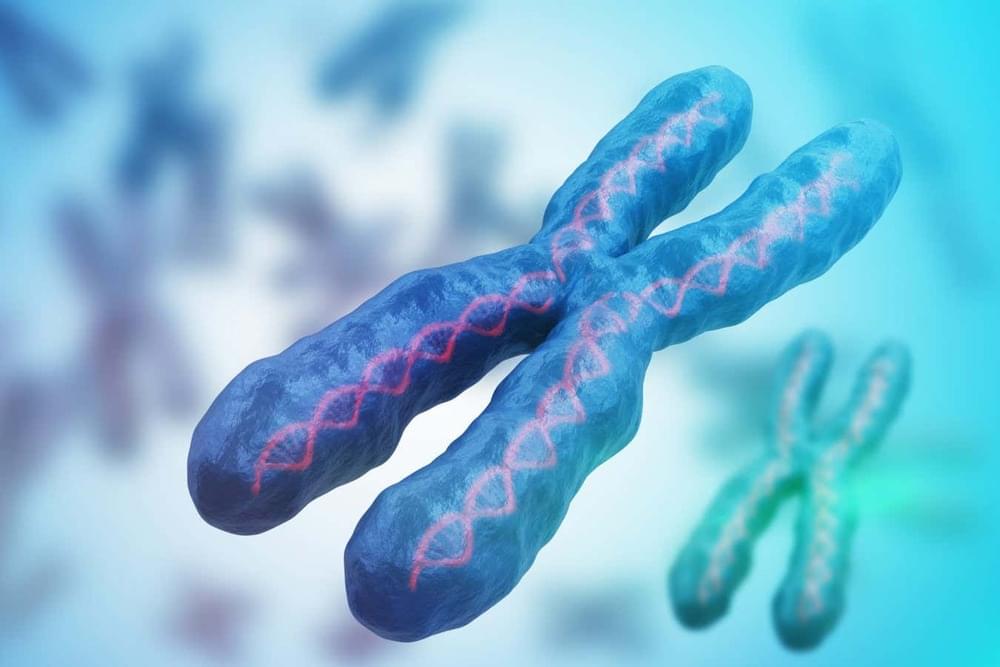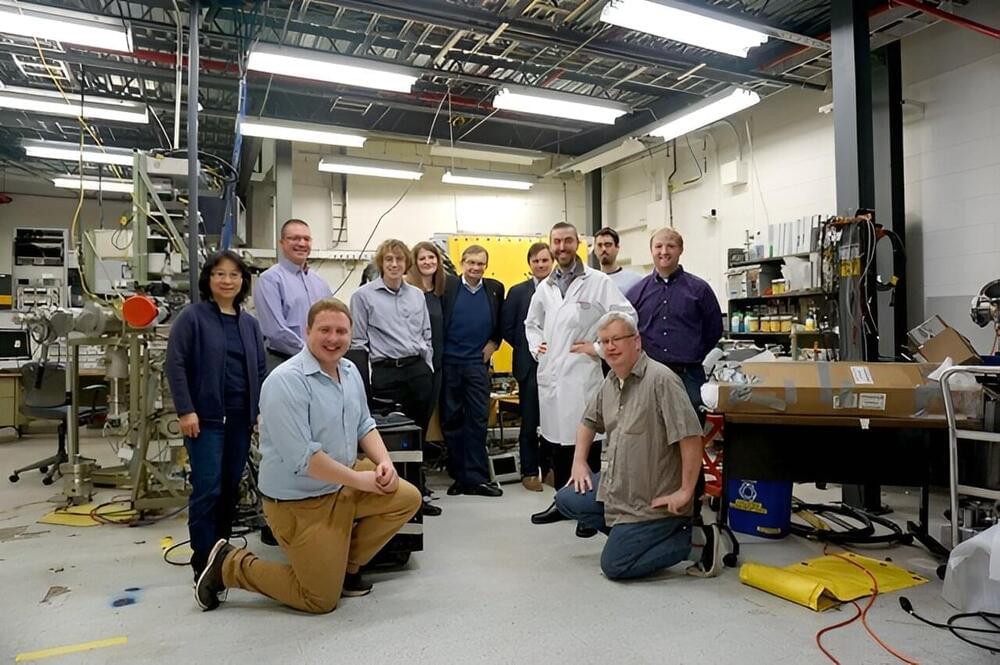The inactivation of one copy of the X chromosome in female mammals may start to fail as they get older, which may be why women have a higher risk of autoimmune conditions such as lupus.


The inactivation of one copy of the X chromosome in female mammals may start to fail as they get older, which may be why women have a higher risk of autoimmune conditions such as lupus.


Melanoma is the most serious type of skin cancer. Often the first sign of melanoma is a change in the size, shape, color, or feel of a mole. Most melanomas have a black or black-blue area. Melanoma may also appear as a new mole. It may be black, abnormal, or “ugly looking.”
Thinking of “ABCDE” can help you remember what to watch for:

By Rachel Kremen, Princeton Plasma Physics Laboratory
Researchers at the U.S. Department of Energy’s (DOE) Princeton Plasma Physics Laboratory (PPPL) measured a new record for a fusion device internally clad in tungsten, the element that could be the best fit for the commercial-scale machines required to make fusion a viable energy source for the world.

Chemical reactions are complex mechanisms. Many different dynamic processes are involved, affecting both the electrons and the nucleus of the present atoms. Very often, the strongly coupled electron and nuclear dynamics induce radiation-less relaxation processes known as conical intersections. Such dynamics, which are at the basis of many biological and chemical relevant functions, are extremely difficult to detect experimentally.


See how the LinkedIn co-founder explores the limits of AI with a digital clone that looks, sounds, and even breathes like him.
Resolve specializes in detecting “soft” X-rays, a form of light with energies 5,000 times greater than visible light. This allows it to pierce through the veil and observe the universe’s most violent and energetic phenomena: supermassive black holes, sprawling galaxy clusters, and the fiery aftermath of supernovae.
However, these 36 pixels are far from ordinary. They function as a “microcalorimeter spectrometer,” explains Brian Williams, NASA’s XRISM project scientist. Each pixel acts like a miniature thermometer, meticulously measuring the temperature change caused by an incoming X-ray. This seemingly simple act reveals a wealth of information.
